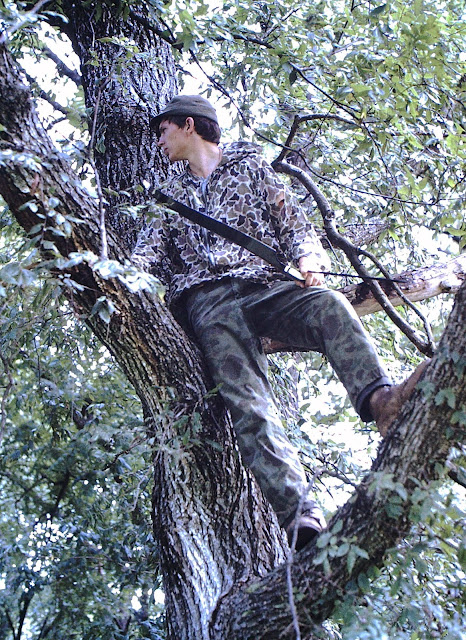A couple of weeks ago a friend and I found a stretch of the Sac River we wanted to fish and a strange thing happened… we caught five incredibly large spotted bass on topwater lures. Often called Kentucky bass, they seldom are larger than 2 and 1/2 pounds in average waters of the Ozarks, even at four or five years of age. One of those last week was the largest I have ever caught… right at eighteen inches, and close to four pounds, as fat as it was. The others were fifteen to seventeen inches, really large spotted bass. You can see several photos of those fish on the computer at wwwlarrydablemontoutdoors.blogspot.com.
If you know fish, you can glance at a spotted bass and recognize it immediately. If you aren’t sure you can tell one by a raspy, rough patch on its tongue. Smallmouth and largemouth have smooth tongues. The spotted bass gets its name from rows of spots on the lower section of the belly.
I keep all spotted bass and eat them because they compete with the smallmouth, native to Ozark streams. They diminish the smallmouth by eating the exact same prey, and living in the exact same habitat. And they cross with the smallmouth, producing the resulting fish that some bass-fishermen call a ‘mean-mouth’, a genetically inferior fish according to some fisheries biologists. Who knows if that hybrid can reproduce? I don’t know but if they can’t, but if they do not, bass numbers would decline. At any rate, I think that perhaps in a few decades spotted bass will crowd out smallmouth and maybe largemouth too.
We have fished areas of the Sac River often, and caught hundreds of spotted bass and largemouth, but only one smallmouth was ever taken by a fisherman from my boat, and it was a four-pounder. Where he came from I will never be able to figure out.
In earlier times, before the Stockton Lake dam, smallmouth did thrive in the upper half of the Sac River and I know from reading old outdoor magazines that spotted bass were heavily stocked in the river in the 1930’s, long before the lake was constructed. They were not a native fish in any Ozark river. But they are thick now, and found in most Ozark reservoirs. The only place where they are known to be found as native fish is in a small pocket in east Arkansas along the Mississippi River.
Reading fish scales under a microscope tells you the age of a fish and I think the bigger spotted bass I caught was likely eight to ten years old. The others were all surely over five years old. I hate it that they are so detrimental to smallmouth, and in years to come, some rivers and lakes that have smallmouth may see the two fish hybridize to a point where you no longer see smallmouth at all. I don’t know, only time will tell. But I can say this, if the spotted bass continues to be as aggressive and easy to catch, and can grow to the sizes we caught last week, few anglers will complain about them.
They are much better eating than the smallmouth and seldom have the yellow grubs constantly found in the meat of the smallmouth. So it is a not-so-unpleasant problem if they do crowd out the smallmouth. It is just that us Ozark fishermen who are older are entrenched in the belief that no fish can equal the brownies we chase and release. My advice has always been to keep all the spotted bass you catch and release the smallmouth. I will say this, the spotted bass, or Kentuckies if you want to call them that, put up a fight equal to the same sized brownies. And they love topwater lures.
If you have ever read my magazines, you will know I publish one on the Ozarks and one on the outdoors. I have done so for 20 years. Our fall magazine is an experiment I think all subscribers will like. We have combined the two, and what we send out in October will be a magazine of about 120 pages; the first half on the outdoors… hunting fishing, nature, etc, and the second half on the Ozarks people and history. The cost is $8 per magazine ($16 for two, $24 for three), due to the increases from printers, but then it is twice as large as it has always been. If you want that fall magazine, you need to order before the end of October because after October the postage is about two dollars higher. We need subscribers now to pay the cost of the printing, so if you want that new magazine send eight dollars to Lightnin’ Ridge Magazine, Box 22, Bolivar , Mo. 65613. Or you can get the magazine via credit card just by calling our office, 417-777-5227. I will return your money if you aren’t satisfied with the publication. See the magazines we have published over the years and all my books (12 total) on my website-- www.larrydablemont.com.










